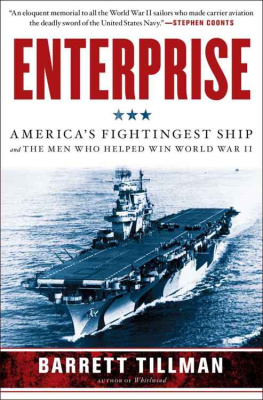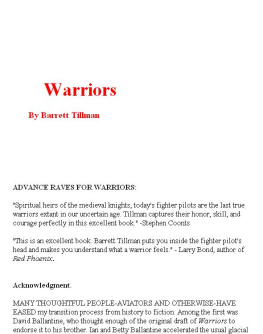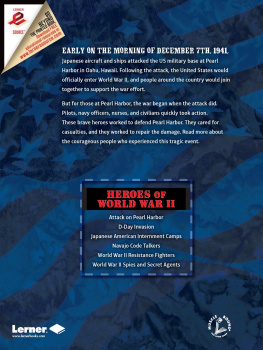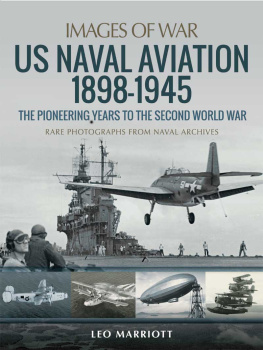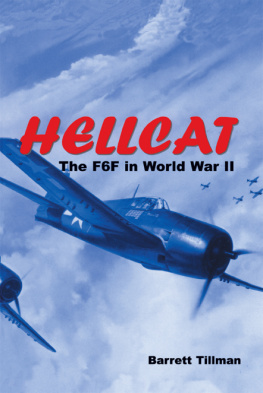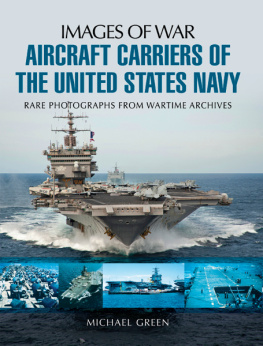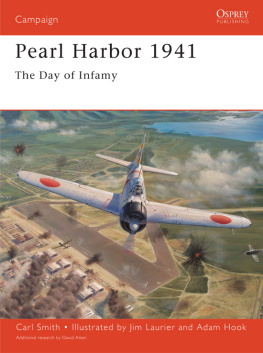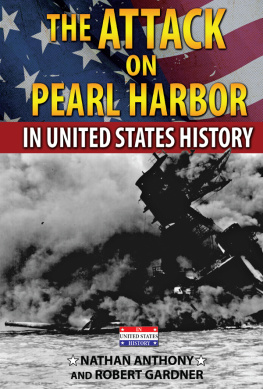

Copyright 2017 by Barrett Tillman
All rights reserved. No part of this publication may be reproduced or transmitted in any form or by any means electronic or mechanical, including photocopy, recording, or any information storage and retrieval system now known or to be invented, without permission in writing from the publisher, except by a reviewer who wishes to quote brief passages in connection with a review written for inclusion in a magazine, newspaper, website, or broadcast.
Regnery History is a trademark of Salem Communications Holding Corporation; Regnery is a registered trademark of Salem Communications Holding Corporation
Cataloging-in-Publication data on file with the Library of Congress
First e-book edition, 2017: ISBN 978-1-62157-616-7
Published in the United States by
Regnery History
An imprint of Regnery Publishing
A Division of Salem Media Group
300 New Jersey Ave NW
Washington, DC 20001
www.RegneryHistory.com
Manufactured in the United States of America
10 9 8 7 6 5 4 3 2 1
Books are available in quantity for promotional or premium use. For information on discounts and terms, please visit our website: www.Regnery.com.
Distributed to the trade by
Perseus Distribution
www.perseusdistribution.com
Dedicated to the memory of Attack Squadron 35 (19341995)
and Fighter Squadron 111 (19421995), historic three-war carrier
squadrons slain by a soulless naval bureaucracy.
BARRETT TILLMAN, Honorary Black Panther and Honorary Sundowner
CONTENTS
Table of Contents
Guide
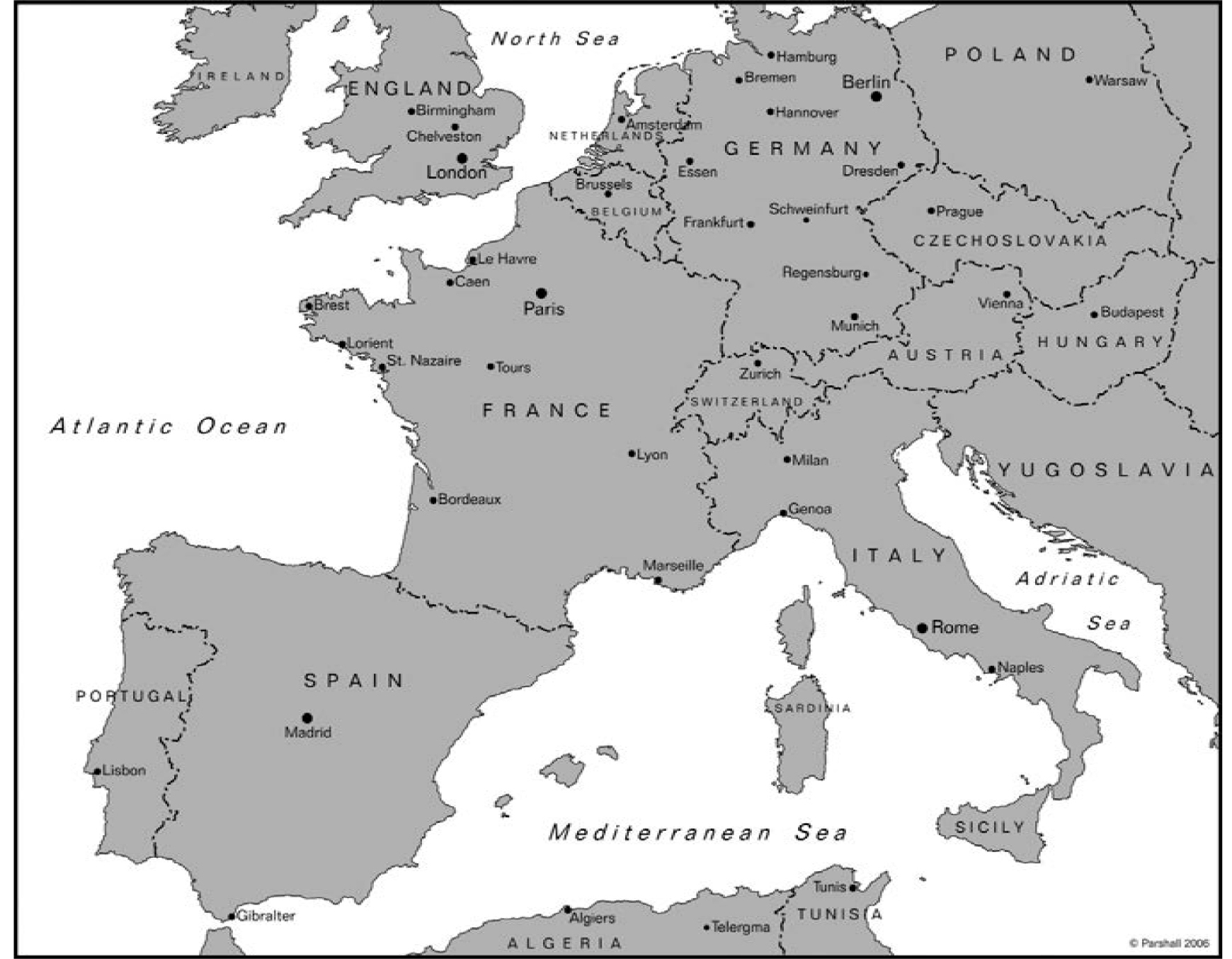
Courtesy Jonathan Parshall
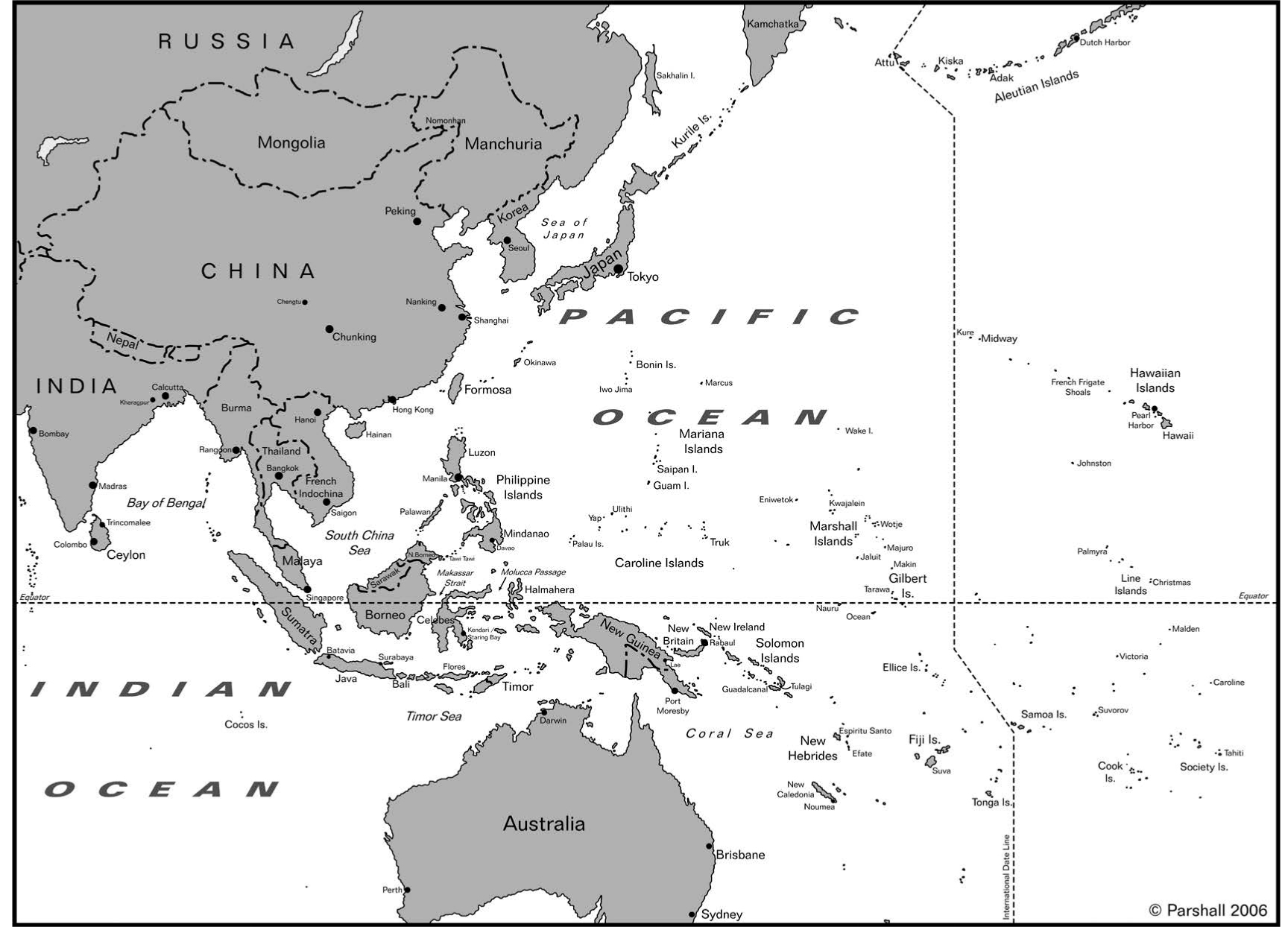
Courtesy Jonathan Parshall
WHERE ARE THE CARRIERS?
In time of troublereal, perceived, or anticipatedU.S. presidents often ask that question. It is no surprise, since an aircraft carriers flight deck typically delivers four and one-half acres of American sovereignty to the worlds oceans, accessible to every continent.
But the aircraft carrier is not an American invention. Its origin dates from Great Britain in 1917, when the battlecruiser HMS Furious was rigged with a flight deck to accommodate aircraft during the Great War. In the century since, the carrier has played an increasingly historic role on the world stage. From the first tentative, pioneering efforts during World War I, the fighting flattop emerged fully grown barely two decades later, displacing the battleship atop the pyramid of naval power. Today the carrier retains that pride of place. Yet aircraft carriers are so technically complex, so extremely costly, and so difficult to operate that only three nations have produced them in quantity: Britain, America, and Japan. France trails a distant fourth, while other fleets currently operate single flattops.
However, carrier aviation is far, far more than ships, airplanes, and technology. It is a distinct culture, equal parts cult and guild, melding man and machinery. The blend of the human element with technology has produced worldwide, historic results. Few other endeavors so thoroughly entwine the various technical and human components into a synergistic whole. Human beings are the core of carrier aviation, the fiber binding together wave and wing. Carriers would not exist except for the visionaries, the innovators, the leaders, the risk-takers, the true believers. Together, they have had a disproportionate effect upon global events in the past century. Carriersthough thin-skinned, vulnerable ships stuffed with volatile fuel and ordnancewere instrumental not only in the rise and fall of navies, but of great nations and even empires. During the Second World War, carriers were vital to Allied victory in the Atlantic and Pacific. But victory at sea was only a brief blip on historys radar trace, as carrier aviation expanded its influence ashore in Korea, Vietnam, the Mediterranean, and beyond.
Carrier advocates fought long and hard for their passion, both afloat and ashore. In the 1920s the first generation of carrier aviators paid their tuition in blood, learning the esoteric trade on the narrow wooden decks of ships often hastily modified for the purpose. Landing flimsy biplanes on moving platforms that pitched and rolled through oceanic swells called for equal parts courage and skill. Some with ample courage lacked the skillor the luckto survive. Yet the pioneer tailhookers believed in the future, and they helped reshape the worlds naval structure.
Within four months in 1945 the U.S. Navy helped Britain defeat Nazi Germanys navy (the Kriegsmarine) and almost unaided smashed the Imperial Japanese Navy (Nihon Kaigun). But in the late 1940s flying admirals and their subordinates had to conduct a years-long battle in Washington, D.C., and in the nations media to keep what the previous generation had gained. The nationand the free worldowed them a debt.
The huge majority of fliers and sailors who make carriers function will forever remain anonymous to their countrymen. Only a few stellar figures cross the national firmaments: Admiral William Bull Halsey was the jut-jawed seadog who led the task force that launched the 1942 Doolittle Raid against Tokyo, when Americas morale needed a boost as never before. Three years later, a fleet commander, he witnessed Japans surrender in Tokyo Bay.
Japans foremost admiral, Isoruku Yamamoto, helped build the Imperial Navys carrier fleet in the 1930s, and in 1941 sent it to Hawaiian waters with stunning consequences. But unlike his U.S. counterpart, Yamamoto perished in the war he initiated.
No comparable figurehead ever caught the public fancy in Britain, despite the Royal Navys importance in carrier evolution.
Even today the men who actually delivered sea power to their nations largely have come and gone unrecognized. They labored in the bake-oven heat of engineering spaces, providing essential power and propulsion. They sweated on hangar decks, often assuming near-impossible positions while leaning into airframes and engines with screwdrivers or socket wrenches. They strained on hernia bars loading bombs on attack aircraft and ammunition into fighters. They dragged heavy hoses to thirsty aircraft, filling fuel tanks for the next launch. They briefed in squadron ready roomspartly college dormitory hung with flight gear and posters, partly tribal enclave, each with its own esoteric nature. They huddled on the flag bridge where admirals and their staffs pondered the latest intelligence, knowing that it was inevitably incomplete and often inaccurate. All played their essential parts, melding the many into the wholea potent warship ready to launch violence over the far horizon in service of the state.
Naval aviation also produced the first generation of spacemen. The aviators who rode catapults off carrier decks launched into celestial voyages even to the moon. Approximately half of NASA astronauts wore wings of gold, including the first American in space and the first to orbit earth. Of the twelve men who walked on the moon, seven were naval aviators, including the first and the last.


